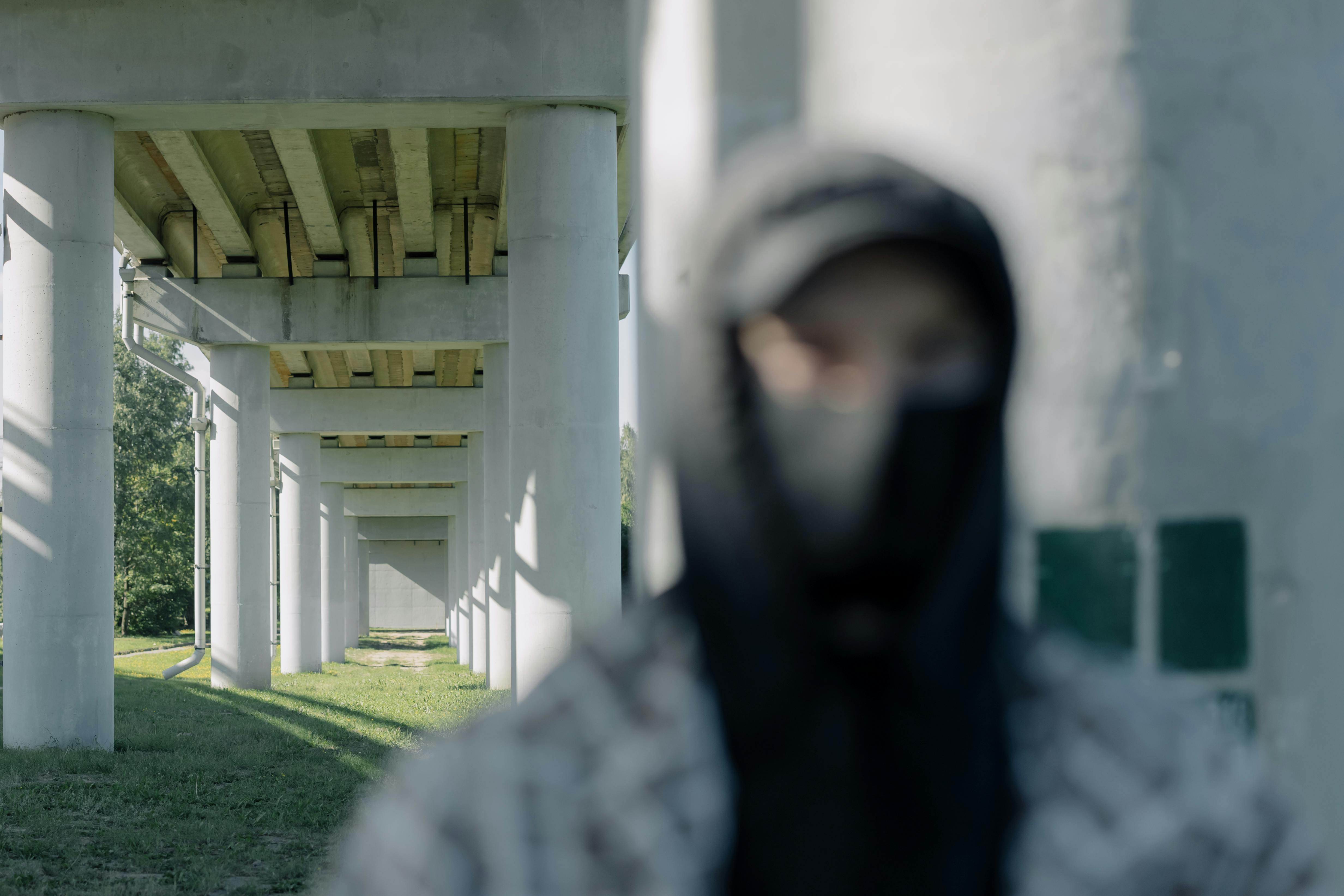How to Calculate Visible Light Transmission (VLT) of Window Tint
Tint window films are measured in Visible Light Transmission Levels (or VLTs). This means that when we talk about a particular film, whether it is to be installed in a car or any other application, we usually refer to it by its VLT value. VLT is measured in percentage ( % ), so if you hear a dye product referred to as a percentage, it is the VLT that defines that percentage value.
For example, a tint film known as Charcoal 5% is a charcoal tint with a VLT of 5%, and similarly, a film named Green 50% is a green tint film with a VLT of 50%. . But what does the number really mean?
Well, in simple terms, the VLT value is the percentage of visible light that will be allowed to travel through the tinted window film from the outer side of the film to the inner side. This means that a 5% film will only allow 5% of the light through and a 70% film will allow 70% of the light through. In effect, this means that lower VLT films will appear darker. For example, it is usually 5% tints that we will see in limousines for privacy.
So putting a 5% tint on a window will allow 5% of the light to travel through the glass from the outside to the inside, right? NO! Because we need to take into account the actual VLT of the window before installing the tint. There is no such thing as a piece of glass, no matter how clear it looks, with a VLT of 100%. This is because glass naturally filters out some visible light.
Let’s look at car window tinting as this is an area where we talk about VLT often due to the fact that many countries have laws that limit the darkness of car windows. Most modern cars come from the factory with windows that read a VLT between 72% and 78%, depending on the manufacturer, model, and country. Say, our example car windows read at 72% and we add 50% window tint film, what is the new and final VLT of our car windows after installation?
The sum is very simple: V1 x V2 = V3 (where V1 is the original VLT of the glass before tinting, V2 is the VLT of the tinted window film, and V3 is the final VLT value of the glass with the tinted film applied. ).
Our original car glasses VLT = 72% and tint = 50%, so V1 = 72 and V2 = 50
The sum is 72 x 0.50 giving us 36, which we will express as a percentage. So a window with an original VLT of 72% will have a VLT of 36% after application of a 50% film.

